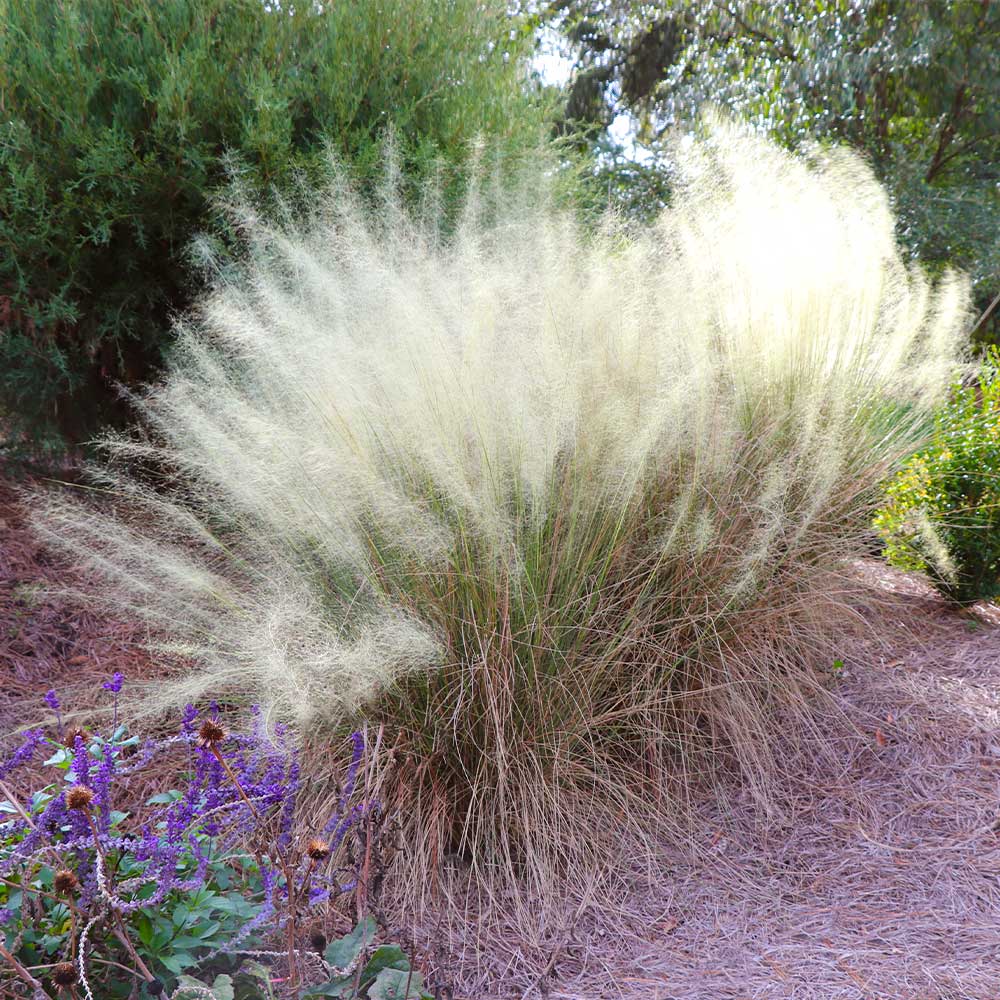This one type of plant will make your backyard a so much more relaxing place to spend time in - here's why
Landscape architecture expert Dr Ross Cameron suggests this type of plant for a calm space, and it's all to do with the wind
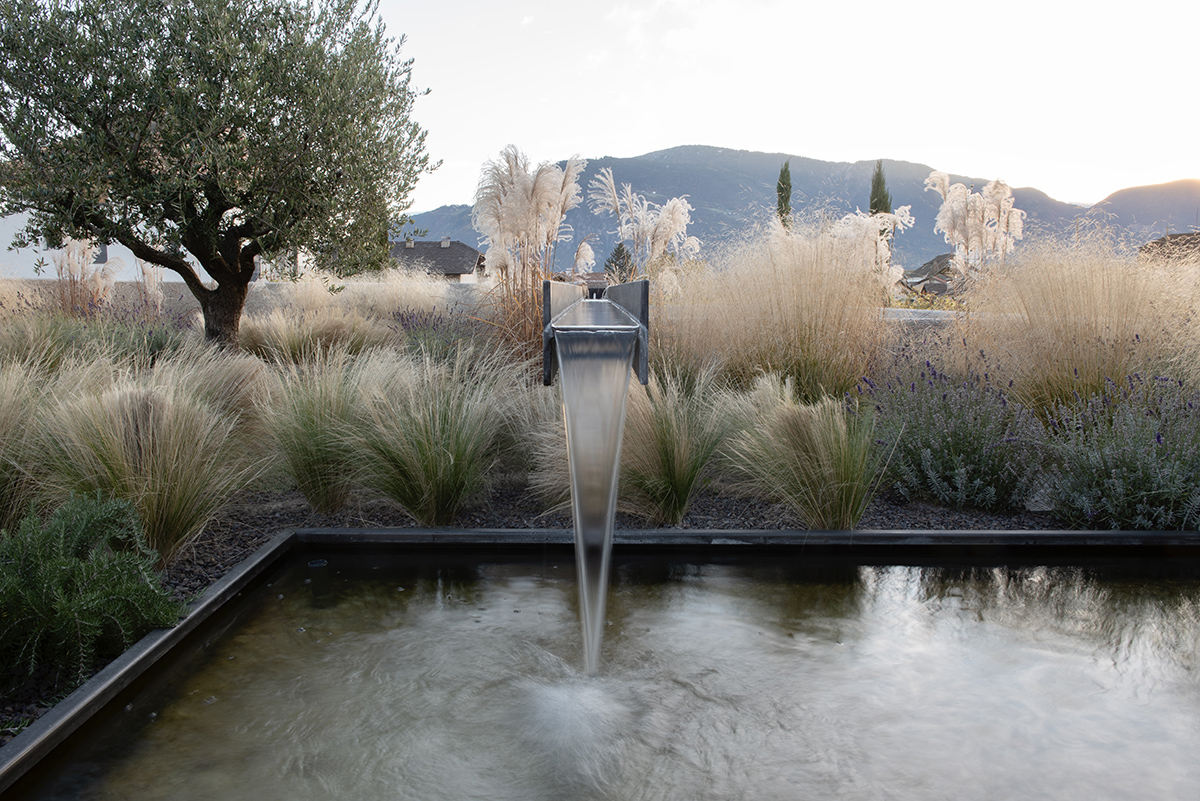
Before I ever got into gardening, I was always struck by how plants and animals interacted or were affected by the forces of nature. I was fascinated by the way a kestrel could be completely motionless in the sky as it tilted and flexed its muscles against the force of the wind. Trees that grow straight and tall inland would be gnarled and bent when growing by the sea, sculpted by the force of the wind into huddled, hunched, human-like forms about to ‘break their backs’ in their desperate attempts to avoid the blasts.
Plants and animals are defined by their environment. Plants always seek the light – they are sun junkies – but they also dance to the tune of the wind. Indeed, many plants need wind if they are to be physically strong. Exposure to wind strengthens their cells and promotes secondary thickening, a process that makes the stems more resilient. If you have ever grown a sunflower or other tall plant in a sheltered greenhouse and then moved it outdoors, you will know what I mean. Within a day or two your lovely straight, proud plant is left battered and broken, while the leftover sunflower seeds you threw on to the vegetable plot have morphed into sturdy, compact and battle-hardened specimens.
Dr Ross Cameron is Research Director within the Department of Landscape Architecture at the University of Sheffield. He has published over 70 academic papers/book chapters on landscape plants and urban green spaces. He is co-author of Environmental Horticulture - The Science and Management of Green Landscapes and he wrote the health and wellbeing chapter in Science and the Garden. He a professional horticulturalist and advisor to the Royal Horticultural Society.
Plants’ interaction with the wind, and the movement and abrasion it causes, is called thigmomorphogenesis (another scientific word that just trips off the tongue).
So plants and the wind have a close interrelationship. Some plants resist the wind: spruces and firs are narrow, columnar trees that let it whistle around them (and the snow slip easily from their sloping branches); and alpine plants hug the ground, forming mats and cushions in the lee of rocks to avoid the full force of the wind. Others go with the flow, having flexible stems and leaves.
In this second category are the grasses, most of which are open-plain specialists. Depending on their resistance to cold, drought and fire, different grass species constitute different biomes, forming the grasslands of the world: the tundra, steppe, prairie and savannah landscapes.
How can grasses make my backyard feel calmer?
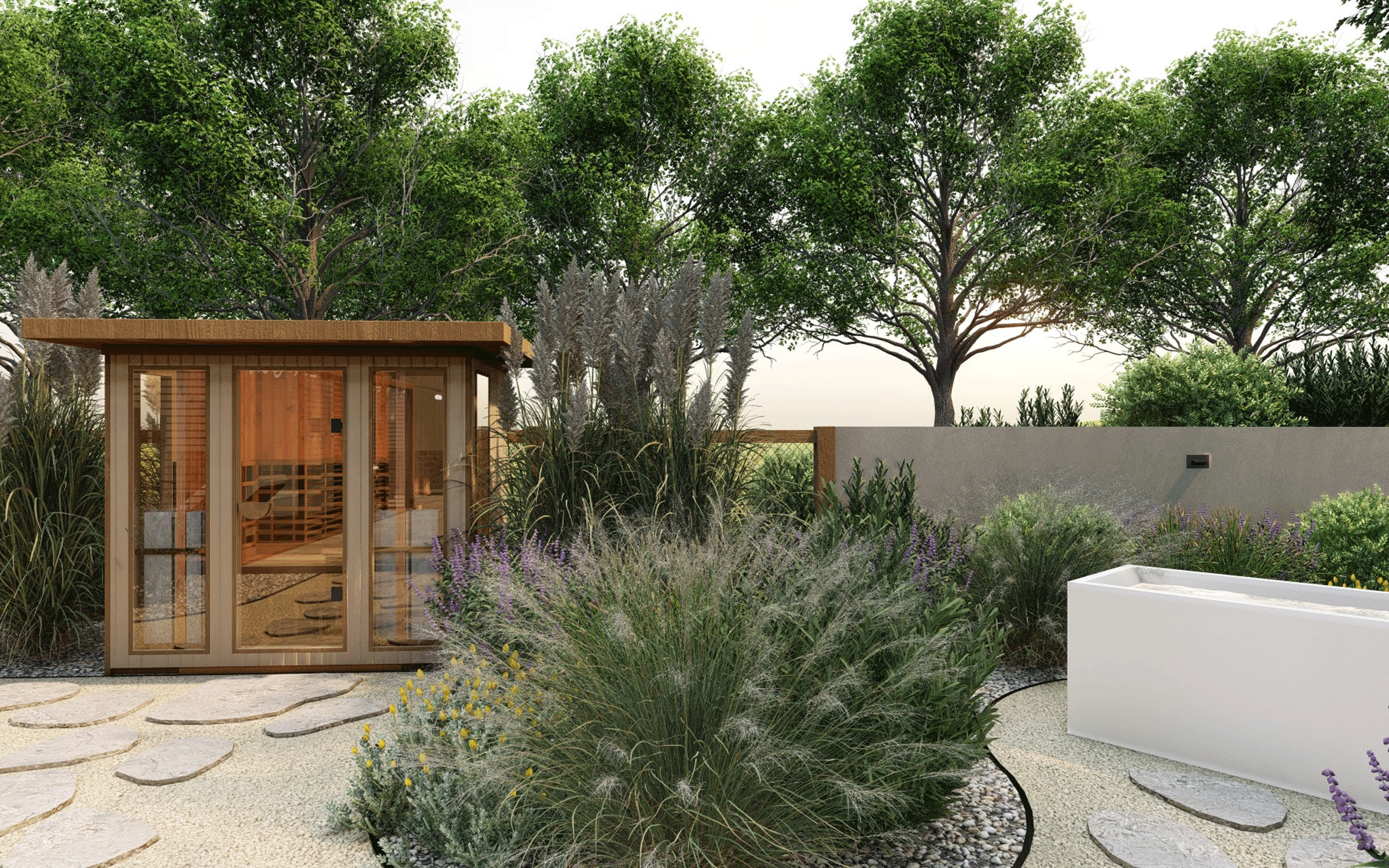
Wind captivates us, as do the other forces of nature: snow, rain and so on. In temperate moods these elements relax us, and we talk about ‘gentle breezes’, ‘soft raindrops’, the ‘hush of newly fallen snow’. As the energy increases, our emotions move towards exhilaration: ‘a blustery, breezy day’, ‘a wind-blown romance’, ‘a flurry and blizzard of snow’. At their most extreme, of course, the elements tend to frighten us: ‘lashed by the wind’, ‘caught in a deluge’, ‘snowed in’. But we are relaxed and exhilarated, too, by the way the wind interacts with plants. Many people love the rustle of leaves, the gentle, rhythmic swaying of branches, the patter of falling seeds, all brought on by temperate air movements. Add energy to the system and we respond in a more excited way: ‘trees billowing in a storm’ ‘leaves cascading across the park in the gale’, ‘branches clattering against the shutters’.
Ornamental grasses are ideal for reflecting the ‘mood’ of the wind, and can be used to influence our emotions, too. Soft, fine-leaved grasses swing and sway gently in light breezes. This movement transfixes us and soothes our minds. Every little eddy of the wind is reflected in a gentle twist or upturn of the grass stems or seed heads. I defy you to watch this gentle interplay without unwinding and becoming drowsy.
And when the wind drops, the grass relaxes, as though letting out a deep sigh.
It's an idea known as soft fascination, a facet of a theory known as Attention Restoration, that's about being stimulated by objects that interest the brain but don’t overtax it. The natural world is full of these – colorful flowers, leaves blowing in the wind, birdsong, the movement of water in a stream – all of which distract the brain from any problems besetting it.
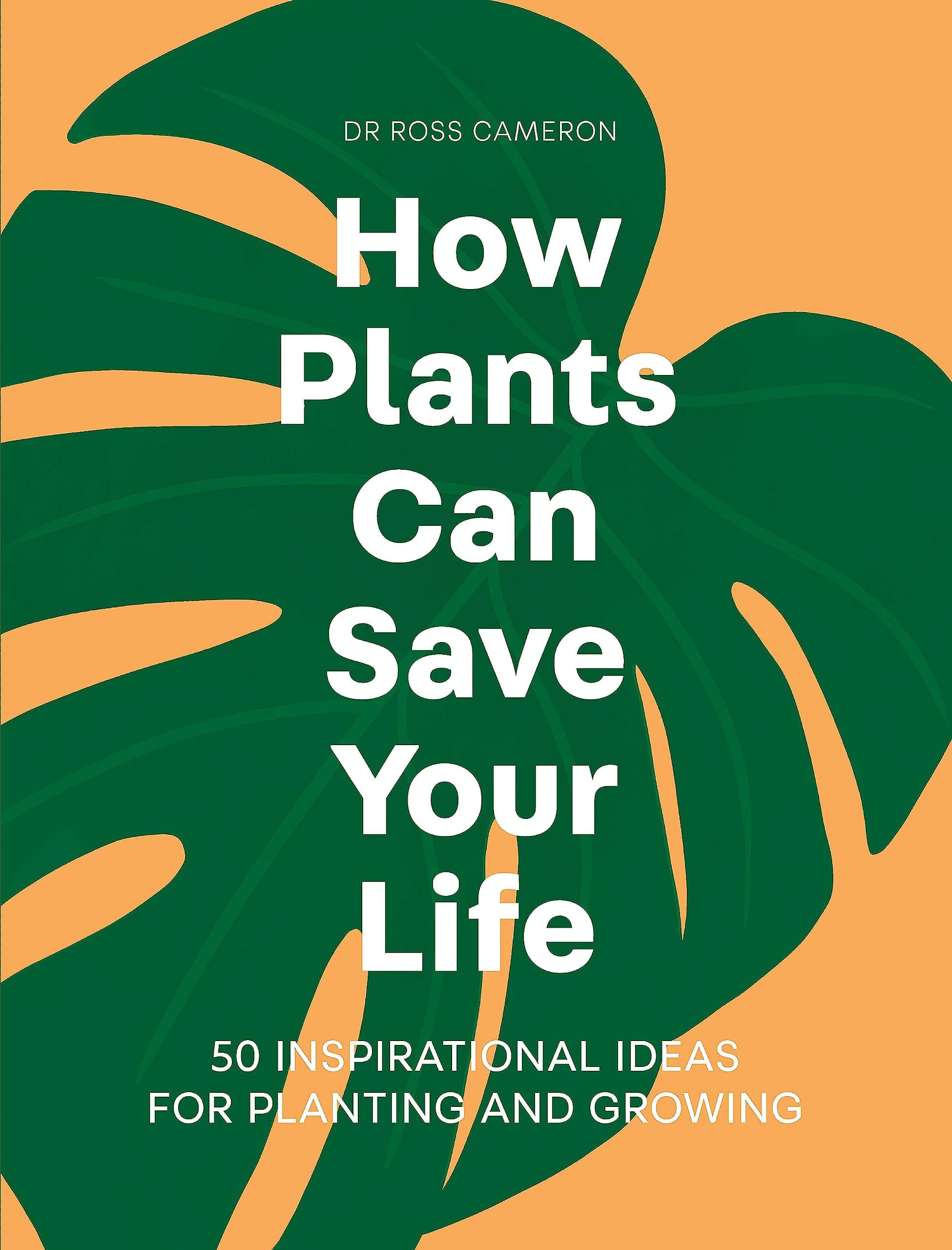
Price: $23.09
Release date: 2023
This article originally appeared in How Plants Can Save Your Life, published by Mobius.
Position grasses somewhere you can see them
To experience the relaxing sensation of moving grass, place one or more of the fine-leaved species, such as Stipa tenuissima or Pennisetum setaceum, in a container or at the edge of a border. Make sure the position is open enough to catch the breeze, and that you can arrange a suitable vantage point – a comfy sofa behind a viewing window will ensure that you drop off to sleep.
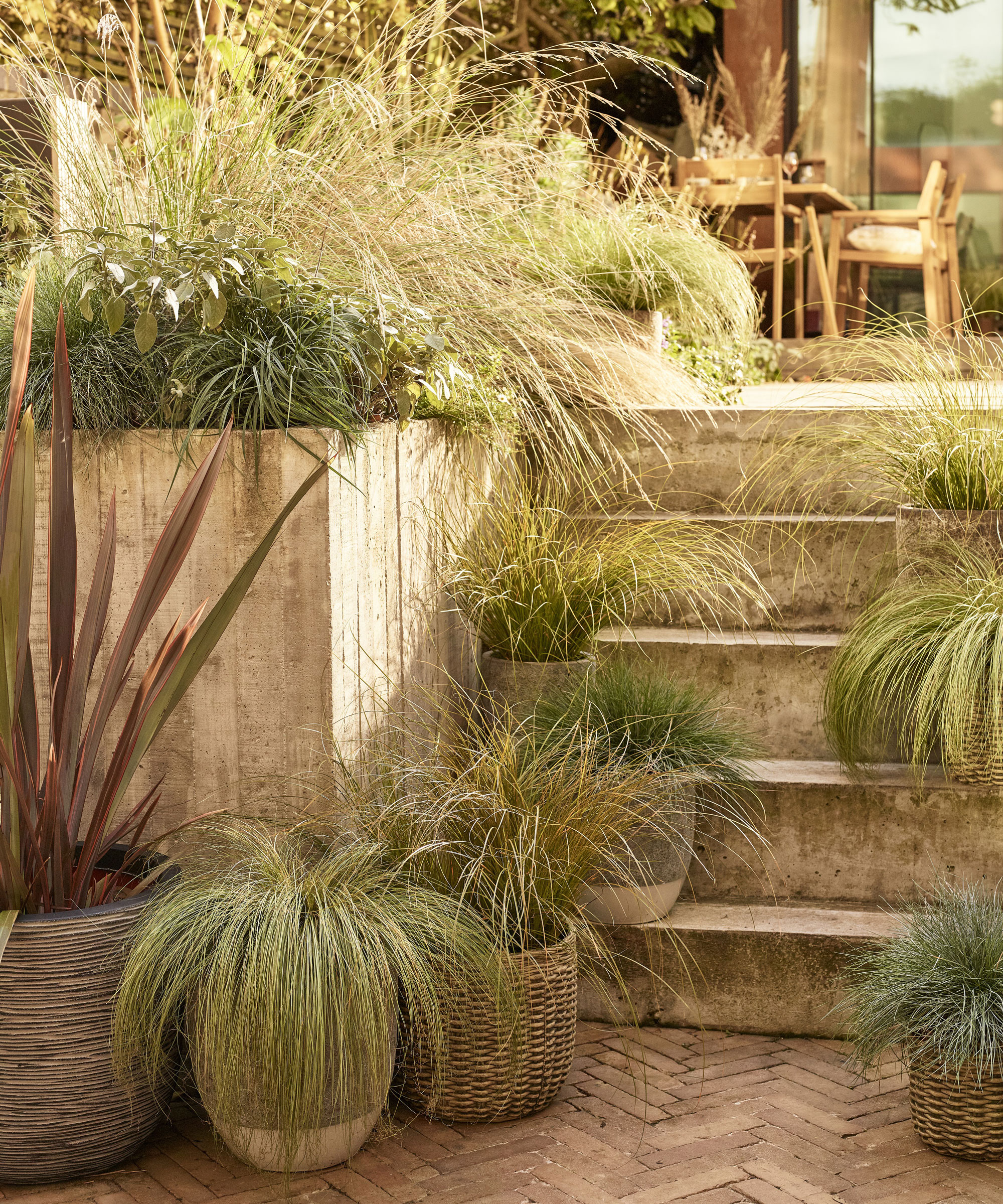
Combine different grasses
Where space allows, you could plant a collection of different grasses and rushes. Group them at a lawn edging or within a scree bed, or intermingle the grasses with colorful flowering perennials to create a prairie feel.
The different heights, stem strengths and weight of seed heads will allow your grasses to ‘express their moods’ to the wind in distinctive ways. Species of
Miscanthus show flexibility while retaining their particular forms, switch grass (Panicum virgatum) will sway and twitch with the breeze, and the stiffer, upright stems of bamboo jostle and vibrate against each other as the wind battles to find a passage through.
We don’t normally think about movement when considering garden plants, but with grasses it is an essential creative component.
Be The First To Know
The Livingetc newsletters are your inside source for what’s shaping interiors now - and what’s next. Discover trend forecasts, smart style ideas, and curated shopping inspiration that brings design to life. Subscribe today and stay ahead of the curve.
Dr Ross Cameron is Research Director within the Department of Landscape Architecture at the University of Sheffield. He has published over 70 academic papers/book chapters on landscape plants and urban green spaces. He is co-author of Environmental Horticulture - The Science and Management of Green Landscapes and he wrote the health and wellbeing chapter in Science and the Garden. He a professional horticulturalist and advisor to the Royal Horticultural Society.
-
 My 10 Favorite Designs at Milan Design Week 2025 — Out of the Hundreds of Pieces I Saw
My 10 Favorite Designs at Milan Design Week 2025 — Out of the Hundreds of Pieces I SawThere is a new elegance, color, and shape being shown in Milan this week, and these are the pieces that caught my eye
By Pip Rich
-
 Iridescence Is Chrome’s More Playful, Hard-to-Define Cousin — And You're About to See It Everywhere
Iridescence Is Chrome’s More Playful, Hard-to-Define Cousin — And You're About to See It EverywhereThis kinetic finish signals a broader shift toward surfaces that move, shimmer, and surprise. Here's where to find it now
By Julia Demer
